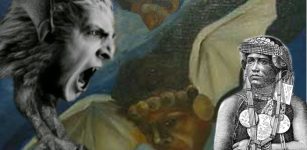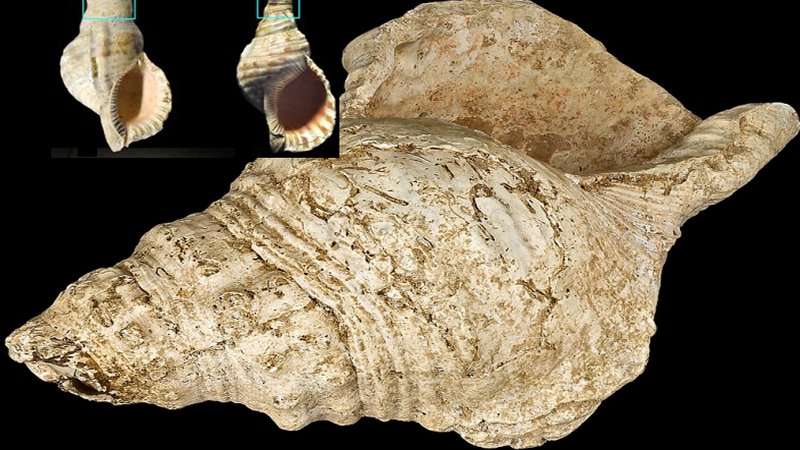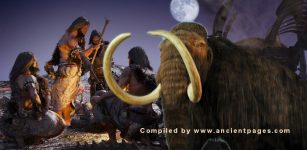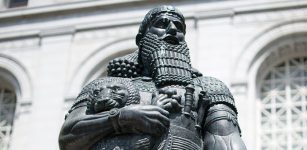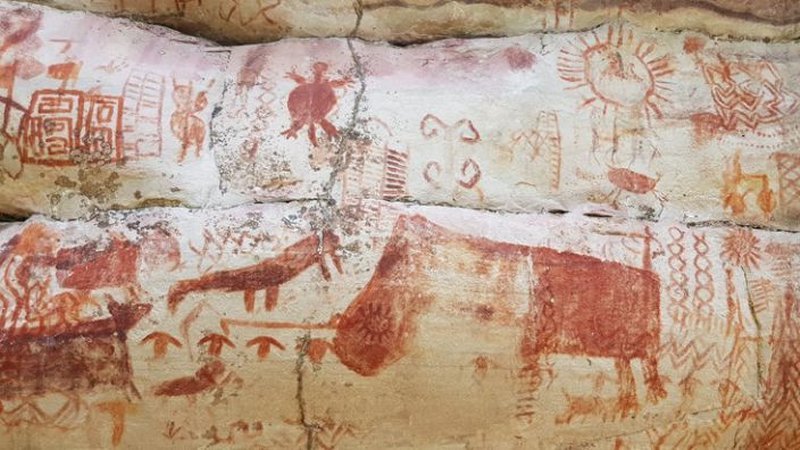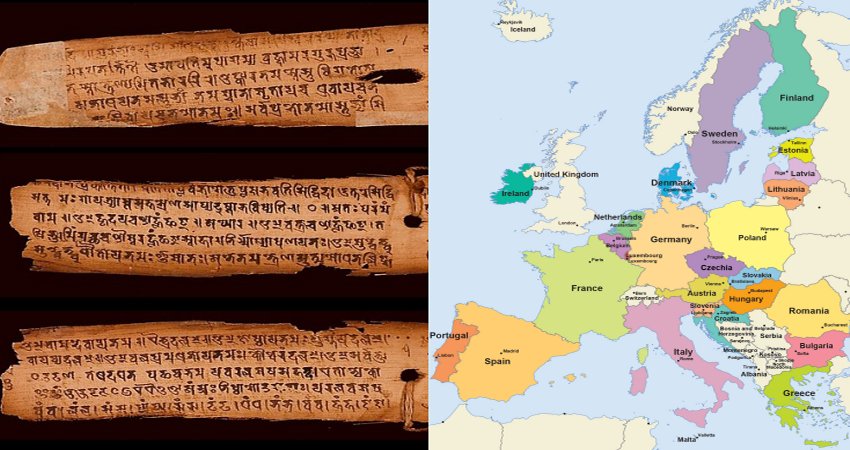Full Moon In Ancient Myths And Legends Of Our Ancestors
MessageToEagle.com – Full Moon is related to numerous ancient myths and legends and even paranormal tales.
Many different superstitions and beliefs influenced our ancestors who looked at the celestial ‘phenomenon’ – supermoon.
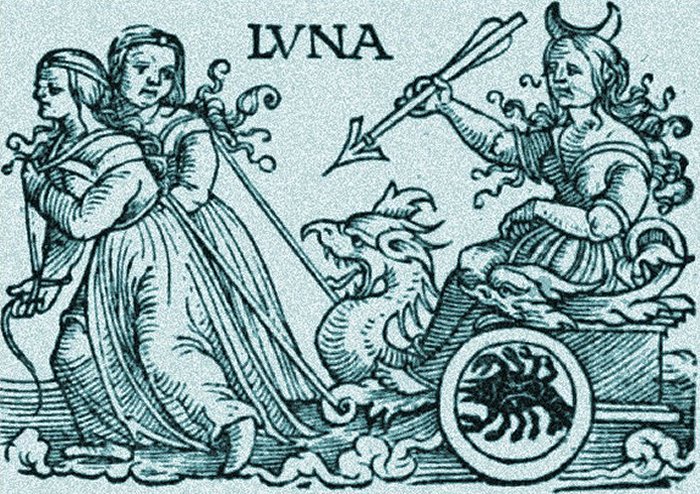
One of them says that when our Silver Globe is full and shines brightly, then we can expect the next day will beautiful weather. The occurrence of rainfall, on the other hand, was associated with hazy moon surrounded by white circle (‘halo’).
In earlier times, it was also believed that the red or transparent shield of the full moon was a harbinger of natural disasters, wars and worst plague outbreaks. Also the moon’s effects date back to legends and mythology of ancient civilizations. The full moon has been associated with strange or insane behavior, including sleepwalking, violence and suicide.
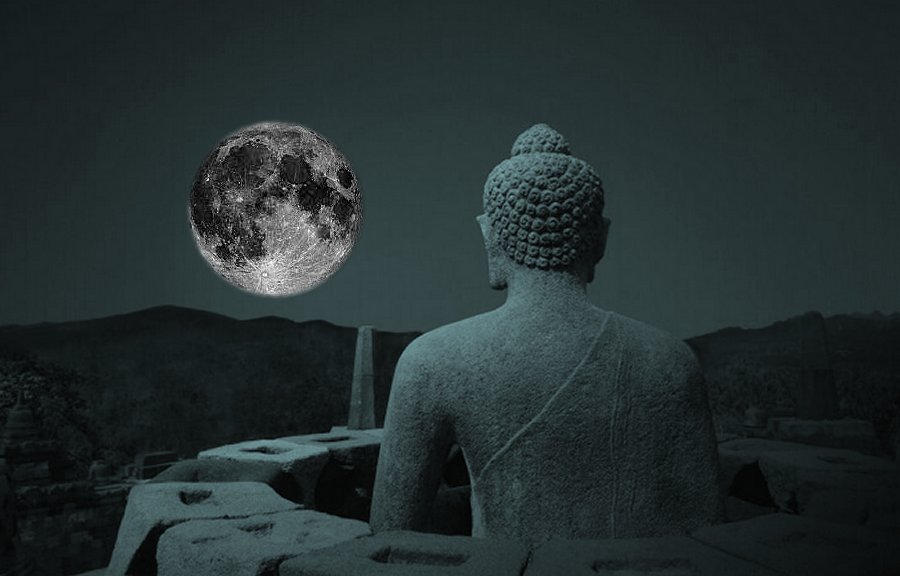
In Aztec mythology, Tecciztecatl was a lunar deity, representing the old “man-in-the-moon”. The ‘Man in the Moon’ refers to several images of a human face, head or body that certain people in ancient times recognized in the disc of the full moon.
In some of Aztec depictions, Tecciztecatl carried a large, white seashell on his back, representing the moon itself.
See also:
Algonquin People And The Myth Of The Medicine Woman In The Moon
Why Lunar Eclipses Were Considered Bad Omen In Ancient Times
‘Blood Moon’ Brings Prophecies Of End Times
More Fascinating Myths And Legends From All Across The World
Talmudic tradition describes that the image of Jacob is engraved on the moon, and ancient Chinese tradition says a beautiful Chinese girl called Chango’e has been living there for 4,000 years. It is said she was banished to the moon because she stole the pill of immortality from her husband and consumed a double dose of it. She is accompanied by a small group of ‘moon rabbits’ that live on the Moon, an image that human mind has perceived through the centuries, in the face of the Moon.
The story exists in many cultures, especially in East Asian folklore and Aztec mythology.
In East Asia, it is seen a rabbit pounding the ingredients for rice cake; in Chinese folklore, it is often portrayed as one of the rabbit companions of the Moon goddess Chang’e, constantly pounding the elixir of life for her. The Japanese also believed that the moon was a god with powers to foretell the future.
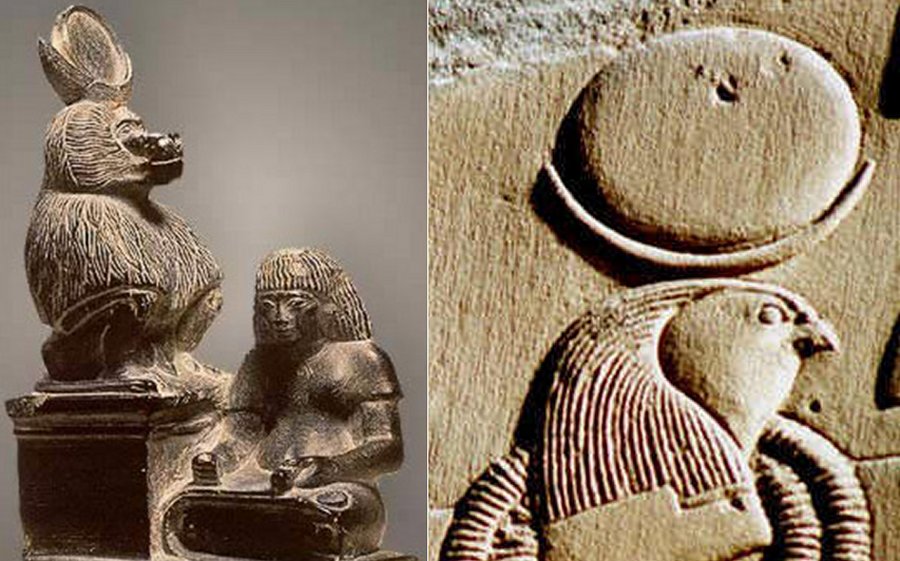
Algonquin (Algonquian) people had a myth of the medicine woman in the moon.; in fact, this Native American people has many different names for the ‘full moon’ through the year, which reflects on their strong connection with nature, hunting, fishing, and farming and the seasons they depended on.
An agricultural treatise dated to 15th century Spain states that in March, “melons, cucumbers, gourds, oats, sorghum, onions and green beans can be sown in the waning moon.
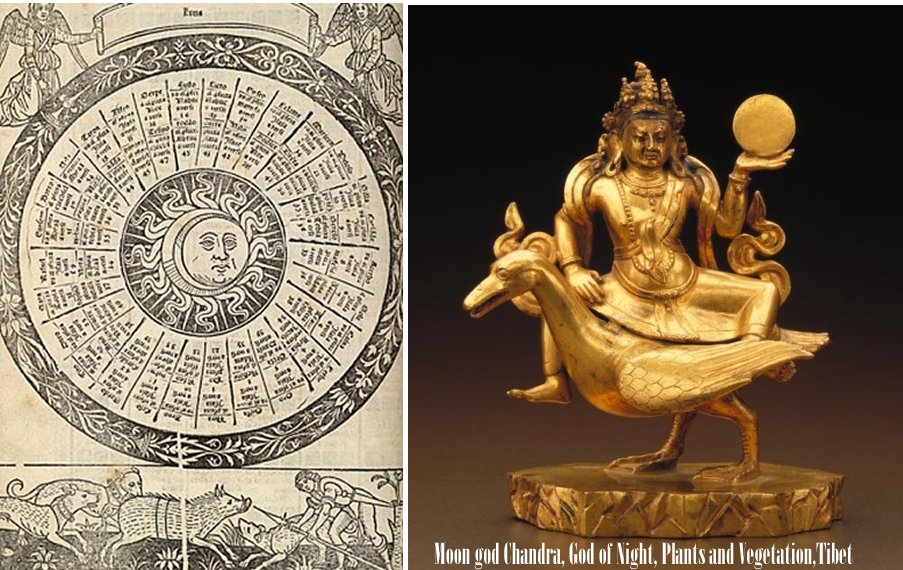
Left: Prediction of fertility with the help of the Moon’s phases; Right: Lunar god Chandra, Tibet
Cabbage seed and radishes in the old moon. Green beans and sorghum and spelt can be sown in the new moon. Graft fig trees and other trees in waxing moon.”
S. S. Tomkins, in his book “In Affect Imagery Consciousness” writes that “the rays of Luna, goddess of the moon, have long been regarded as the cause of lunacy and cites Roger Bacon, who believed that “many have died from not protecting themselves from the rays of the moon…”
In religion of ancient Egypt, the moon has played an important role, though it was only considered the nightly replacement of the sun, because the Sun was the most important to them.
In depictions, the moon was commonly represented as a combination of the full-moon disk with the crescent moon.
Lunar gods were almost always shown with this symbol on their heads.
Khonsu was the Egyptian lunar god of fertility on his head he wore a crown or headdress consisting of a crescent moon, topped by a full moon. The moon god Khonsu, was described as the pendulum of heaven and precise divider of months.
Copyright © MessageToEagle.com All rights reserved. This material may not be published, broadcast, rewritten or redistributed in whole or part without the express written permission of MessageToEagle.com
Expand for references

